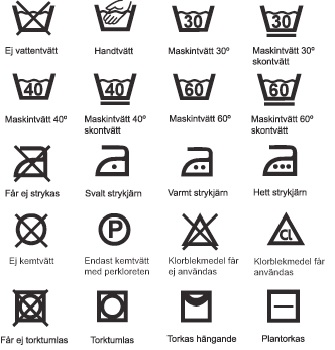Swelling can quickly become a serious health problem for the resident
This article has been translated with AI and is based on Swedish conditions. Hopefully, it can inspire interested parties from other countries.
With good routines for detecting if someone is starting to develop edema, unnecessary hospital care can be avoided. Fluid accumulations in body parts can cause pressure injuries, hard-to-heal wounds, pulmonary edema, and other health problems for the resident. By being observant in connection with personal care, many health problems can be avoided through early interventions.
 Foto: Mostphotos
Foto: MostphotosWhat is edema
Edema is a swelling somewhere on the body caused by fluid accumulation in the tissue.
Swollen legs are often a symptom of heart failure. Compression bandaging or support stockings can be a treatment. It is important that a doctor makes a diagnosis of the underlying causes of the swollen legs. If it is due to the venous valves not transporting the blood back, elevation often reduces the swelling.
Why do you get edema
Edema can occur as a result of an injury, for example after surgery. It can also be a result of the heart or the venous valves of the blood vessels functioning poorly.
Lymphedema is caused by damage to the lymphatic system that prevents the lymph from being transported away. There is no cure, but treatments can relieve or completely remove the symptoms. With lymphedema, the risk of erysipelas, a contagious skin disease, increases.
Management of edema
It is important to first get a medical examination to understand the underlying causes. It can be both valve damage and heart failure as well as side effects of medication. The treatment usually consists of compression bandaging the part or parts of the body that are swollen. Massage can relieve and reduce swelling. Be vigilant and lubricate the skin where it is swollen. Otherwise, there is a risk of skin cracks and infections. Elevating the swollen part of the body can also help reduce swelling. It is important to keep an eye on the swollen body part so that there are no further consequences.
Pulmonary edema
Pulmonary edema is an acute condition. The symptoms are usually breathing difficulties, anxiety, pale gray skin color, cold sweat, palpitations and cough with white or pink colored saliva foam. In end-of-life care, these may be expected symptoms. Then there are drugs available to relieve. In other cases, the resident needs to be transported to the hospital for treatment.
Reflection questions - edema
Care staff:
- Do you have routines for observing changes in the skin such as swelling or redness?
- How does the cooperation with physiotherapists, occupational therapists and nurses work when it comes to edema?
Manager, nurse, occupational therapist and physiotherapist:
- Do you have secure routines for detecting and managing edema?
- Are there care plans for all those at increased risk for different types of edema?
Resident and relative:
- Does your relative have swellings that seem to be due to fluid accumulation?
- Do you know what it is due to? Is there a care plan?
Erland Olsson
Specialist nurse
Sofrosyne - Better care every day

Aktuellt i media
- 2025-02-20 04:00 13 Hygien
- 2025-02-17 04:00 12 Personlig omvårdnad
-
2025-02-12 04:00
04 Bemötande
So the nursing assistant maintains good conversations - the key to safe and clear communication
info - 2025-02-10 18:41 13 Hygien
- 2025-02-09 04:00 10 Aktivitet o funktionsbevarande arbetssätt
-
2025-02-06 04:00
05 Planering
Are you planning the content of the residents' everyday life and do you carry out the planned social activities?
info Foto: Mostphotos
Foto: Mostphotos




